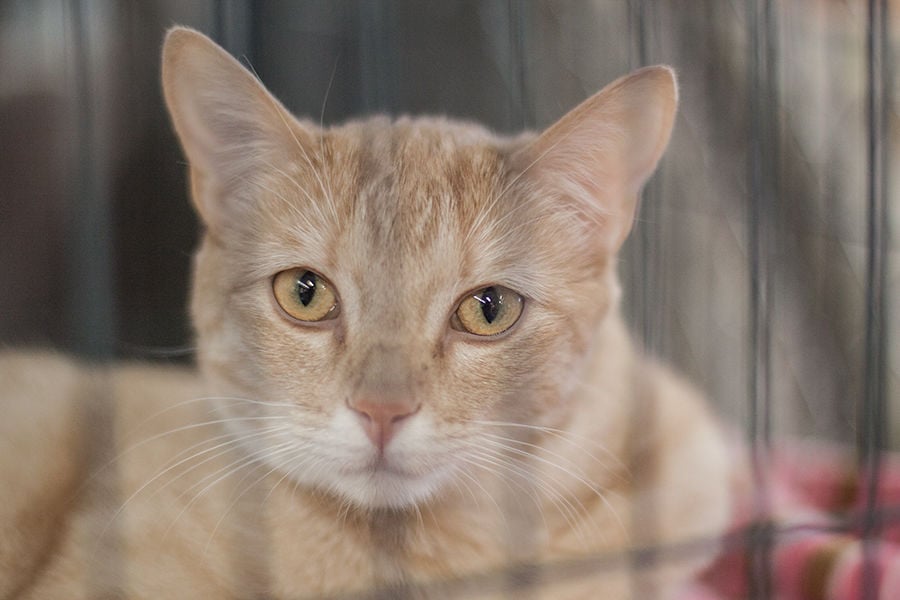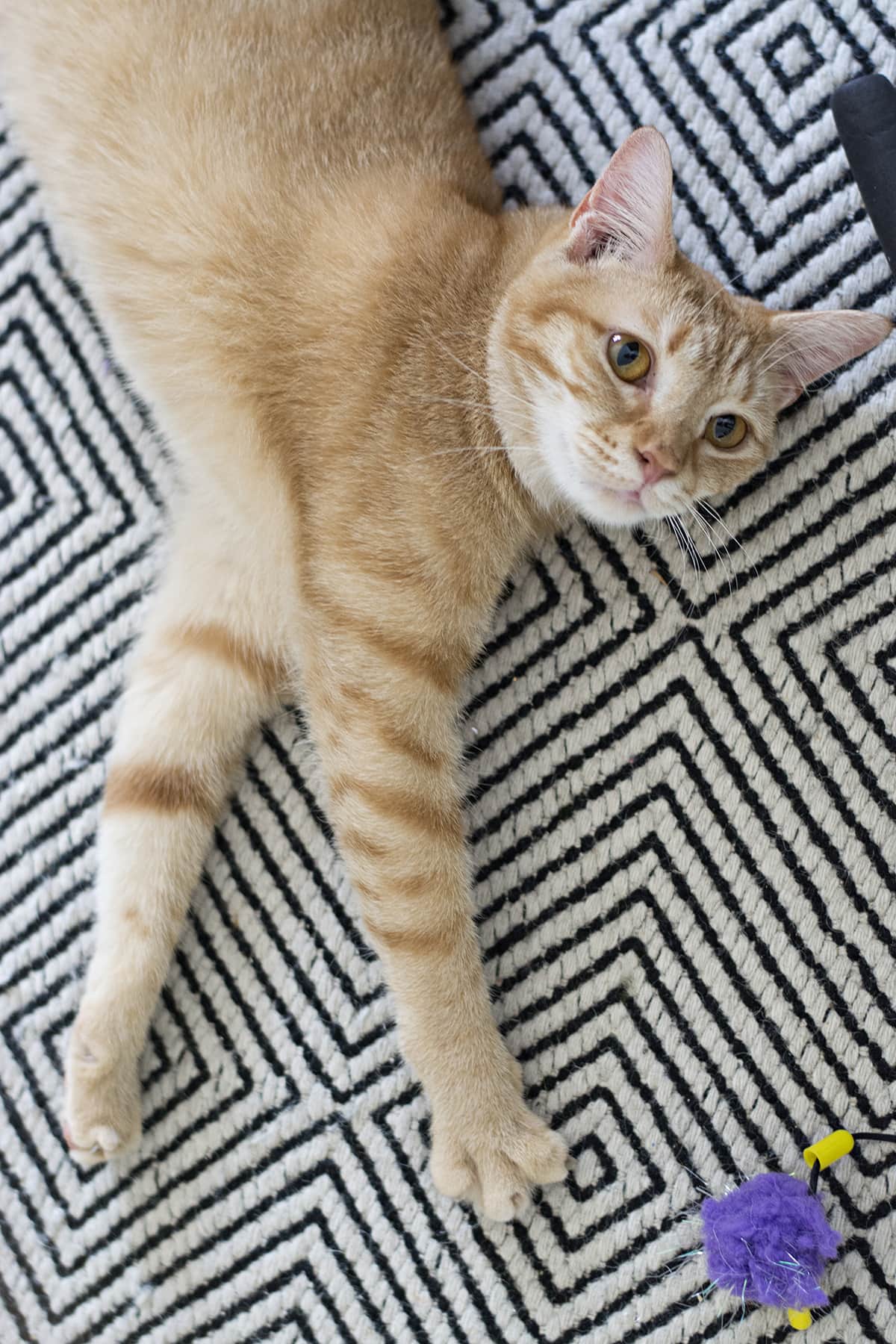

Likewise, the professional may also question if you’ve noticed any symptoms, when they are ingested, and how much they have ingested. Similarly, you need to bring your cat’s medical history as your veterinarian might require further information about their previous records, such as past diseases, vaccines, and appetite level. Your veterinarian will perform a complete physical check-up such as overall appearance, health statistics, reflexes, stature, and belly palpation. Also, bring some samples of plant parts, such as leaves, flowers, or stems that a cat has chewed and expelled. Take out your cat with the Gardenia plant to your nearest veterinarian.

Pink and red itchy bruise on the body also helps to confirm the symptoms.You can also check if a cat is expelling stool frequently.It would be helpful to notice the vomit.Examine the inside and around your cat’s mouth for plant debris and green leaves.You can confirm the poisoning symptoms as soon as possible the following process will guide you. So, this can cause severe incidents to cats if not considered. Gardenia can take cats to unconscious if the toxins spread in high amounts in the body. It often indicates that a cat is excited.Ĭat can have a twitching of eyelids or side of the face. Vision loss that causes cat to be unable identify things.Ĭat goes unconscious and unresponsive to sounds or touch.Ĭat shakes its head, legs, or entire body uncontrollably. Cat Sitting on a Mat Severe SymptomsĬat will produce pale or white gums, excessive urination and feels increased thirst.Īdult cats feel around 120 -140 heart beats per minute. It is not good if a cat has already developed severe symptoms. Severe Symptoms of Gardenia Poisoning in Cat

If your pet is moving in weird way, is lethargic or hiding in a corner of the room, your pet might be weak.Ģ. Pet shows no desire to eat food anymore and includes loss of appetite and lethargy. The affected pet has frequent loose stool. If the pet is unable to sit in one position, produces audible gut sounds, licks at flank.įrequent lip licking, producing more saliva, resenting to eating food. Stiff walking and sweating are only a few common symptoms when a cat consumes Gardenia. Common Symptoms of Gardenia Poisoning in Cat Take a quick look and identify how your cat is going.

Here are two tables of Gardenia poisoning symptoms ranging from common to severe. Your cat may also suffer from nutrient insufficiency if they continuously nibble on leaves, flowers, or stems. Diagnosis of poisoned Catīesides, gastrointestinal discomfort is a common effect of Gardenia poisoning in cats. It can cause pink, red, or flesh-colored itchy welts on the skin. Similarly, hives, commonly known as urticaria, can appear on your cats. If it has already been a long time since eating, a cat may have stomach reactions. Your cat starts experiencing a feeling of vomiting after it consumes a part of a plant. The intensity of poison symptoms depends on the size and kind of your cat. The poisoning symptoms start developing after they nibble any part of the Gardenia. But it does not violate Gardenia to poison them. Shows up colorless, solid, amorphous, nonvolatile form.Ĭats are frisky with things at the house, and finding indoor plants, they jump into touching and smelling. Includes neuroprotective, hepatoprotective, anti-inflammatory, antitumor, hypoglycemic, and hypolipidemic activities. Releases carbon dicarboxylic acid which is a diterpenoid and natural carotenoid.


 0 kommentar(er)
0 kommentar(er)
